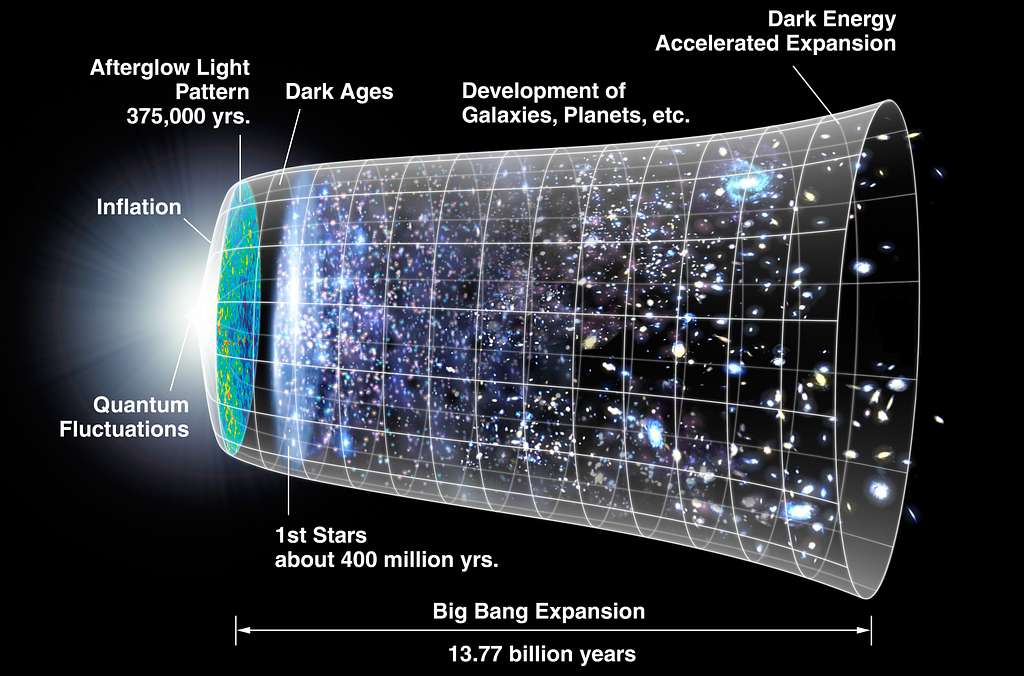The space telescope reviewing the whole universe to figure out dark matter and dark energy

The European Space Agency’s Euclid mission means to uncover the secrets of dark matter and dark energy, which together include by far most of the known universe
This weekend witnessed the send off of the European Space Organization (ESA’s) Euclid mission: a space telescope which intends to uncover the secrets of dark matter and dark energy. The 2.2 ton space apparatus with its 1.2 meter telescope was conveyed into space by a SpaceX Falcon 9 rocket and is presently en route to its circle around the sun.
The mission had initially been scheduled to send off utilizing a Russian Soyuz rocket from Europe’s spaceport in French Guiana, yet following Russia’s intrusion of Ukraine participation among ESA and Russia was ended. So all things being equal, the telescope sent off from Cape Canaveral Space Power Station in Florida, taking off at 12:11AM ET on Saturday July first.
The telescope is set out toward an orbit called L2, the second Lagrange point, which is a similar circle utilized by the James Webb Space Telescope and other space telescopes. This orbit offers high dependability which is especially significant for a mission like Euclid which plans to gather incredibly definite observations of the universe.
Euclid ought to show up at L2 in no less than four weeks, then, at that point, lead two months of arrangements prior to starting science perceptions around the start of October.
The Euclid telescope will survey 36 percent of the sky over its six yr task, and to study an area that huge the telescope has a totally huge area of view. This refers to the amount of the sky which may be located via the telescope, and in Euclid’s case the sphere of view is 2.5 times the size of the moon.
Compare that to, say, the Hubble area Telescope, which has a discipline of view this is just 1/12th the scale of the moon. Hubble can photo gadgets like galaxies or nebulae in notable element, however it’d take Hubble around 1,000 years to survey a similar region of the sky to Euclid.
We realize that dark matter and dark energy must exist due to the actions of galaxies and the manner that the universe expands

We understand that darkish depend and dark strength ought to exist because of the movements of galaxies and the way that the universe expands. However, they may be extraordinarily tough to take a look at due to the fact dark matter does not have interaction with mild and darkish energy is an unknown shape of electricity. So as to find proof of them, we want to look on a very huge scale.
And if you’re wondering why Euclid will most effective be surveying simply over a 3rd of the sky, it’s because it is not possible to peer remote galaxies in different areas of the sky, due to the fact those remote gadgets are blocked with the aid of closer stars and dirt within our very own galaxy.
Euclid will have two instruments: the VISible instrument or VIS, which operates in the visible light wavelength, and the Near-Infrared Spectrometer and Photometer or NISP, which operates in the near-infrared. Having both these wavelengths covered allows researchers to see galaxies which are redshifted, meaning that because they are moving away from us the light coming from them is shifted toward the red end of the spectrum.
The 2 most important techniques for studying dark energy and dark matter be counted used by Euclid will be weak lensing and galaxy clustering. Using methods for examining the same component permits the researchers to test their consequences in opposition to each other, optimistically resulting in extra accurate findings.
Gravitational lensing is an effect in which the gravity of very huge items like galaxies or galaxy clusters warps spacetime, appearing like a magnifying glass and changing the light coming from remote gadgets behind the foreground item.
Via seeing how strong this lensing effect is, scientists can calculate the mass of the foreground object — and they could examine this calculated mass to the mass of the visible count number within the foreground galaxy. If there’s a big difference among the calculated and located masses, that shows the presence of large amounts of dark depend within the foreground.
In aggregate, those techniques have to assist cosmologists learn more about dark be counted and darkish energy than ever before. To collect the statistics, Euclid will take round 1 million pics from 12 billion gadgets over the direction of its challenge. That ought to get us one step closer to being able to each discover and observe those elusive phenomena, and to information the composition of the universe round us.
“It’s ahead a space telescope,” Laureijs stated, “it’s truely a dark energy detector.”




